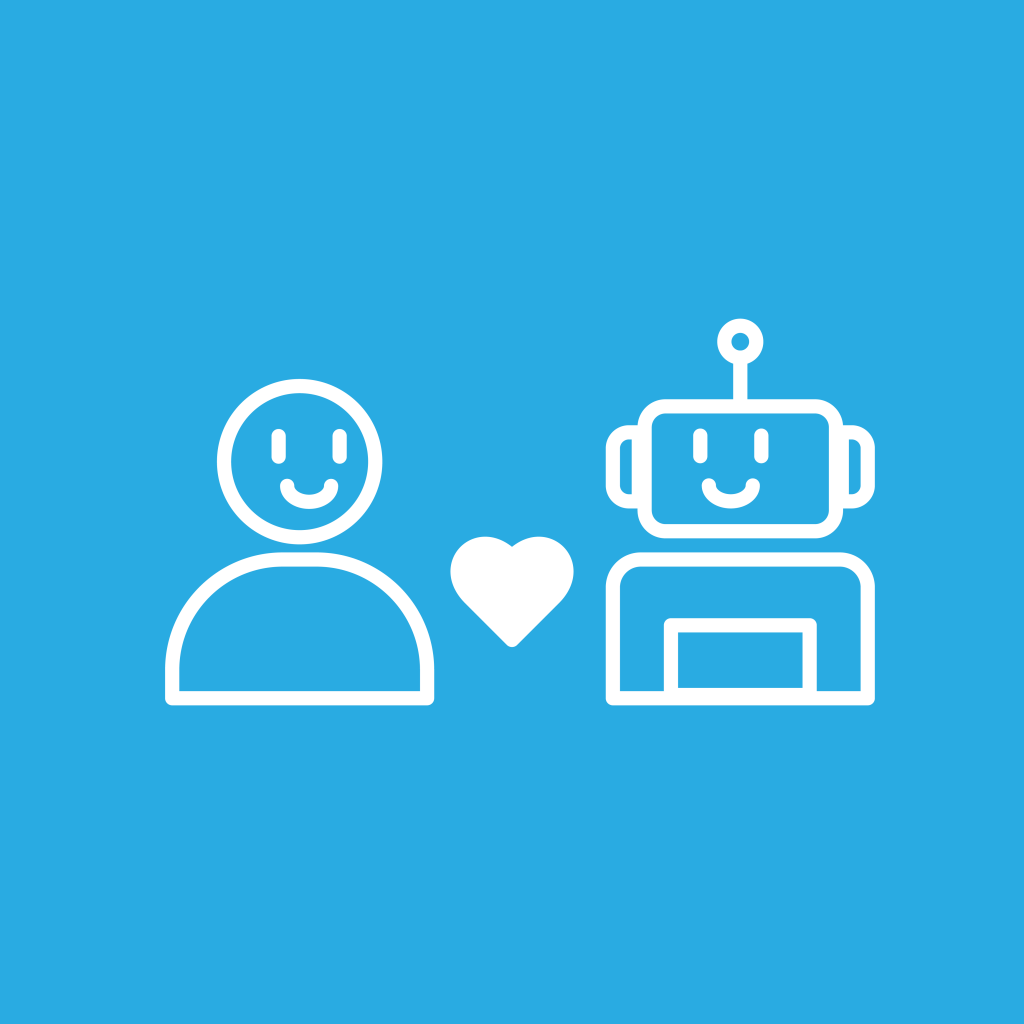The development of ChatGPT, an artificial intelligence (AI) chat system created by OpenAI researchers, has been one of the most widely discussed topics in recent news and media. Released in November of 2022, ChatGPT is able to mimic many different types of writing, which is, in many cases, nearly impossible to distinguish from writing completed by students or other humans. Its purported use, according to OpenAI, is to interact with users in a “dialogue format,” which “makes it possible for ChatGPT to answer follow-up questions, admit its mistakes, challenge incorrect premises and reject inappropriate requests.”
The problem is that, while ChatGPT is improving in scholarly activities and writing (passing law exams at the University of Minnesota and business exams at the University of Pennsylvania’s Wharton School of Business, it poses a significant risk to the legitimacy and originality of assignments that students may complete. Students’ ability to use ChatGPT in order to cheat on both multiple choice and written exams has driven concern among many professors and teachers throughout all levels of the educational system, forcing educators to rethink and decide whether to begin working with ChatGPT or attempt to get around it.
So, what solutions are possible to the distinctively 21st century issue of AI within the education system? Despite the draconian responses that some have proposed, such as New York City’s banning of ChatGPT on school computers, the answer may lie somewhere else. Professors should be rethinking their assessments and perhaps attempting to work in tandem with new developments in AI, as their availability will only become more prominent. For example, a high school English teacher in Oregon, Cherie Shields, allowed students to use ChatGPT to help them produce an essay outline of different texts. Afterward, she had them manually write their essays by hand. In order to make sure that students are not plagiarizing, teachers can utilize a system known as GPTZero, which identifies writing completed by AI programs, including ChatGPT.
By using classic education techniques, such as requiring handwritten essays, and applying available modern technology, educators may be able to approach this issue. This method teaches students effective ways to use the technology available to them in a supervised setting while also allowing them the opportunity to garner inspiration and creatively write their own essays afterward. As Ms. Shields says, “The process … had not only deepened students’ understanding of the stories. It had also taught them about interacting with A.I. models, and how to coax a helpful response out of one.”
Teachers can also use ChatGPT to their advantage. Since COVID-19, there has been a widely reported shortage of professionals within the academic field, and many are tired and overworked. Teachers and professors can treat ChatGPT as a subject of study in classrooms and use it to create creative lesson plans. Simply inputting “Create an eighth grade lesson plan about the Civil War” into ChatGPT creates an interesting, detailed lesson plan highlighting the most important aspects and morals of the Civil War. ChatGPT could also be beneficial in creating personalized learning tools for teachers to give to students, such as study guides or quizzes, offering individualized learning while helping teachers with assignments and activities.
Other ways in which ChatGPT could be effectively utilized include having students assess its responses and recognize their flaws. Educating students on how to use systems like ChatGPT and their potential dangers is an effective way to utilize such systems and teach students that using them is not always helpful. Especially since many professions may begin to implement different sorts of AI programs, educating students on both their harm and usefulness may be valuable to them once they enter the workforce. Jobs in many different fields — including data analytics, software engineering and even sales — are beginning to utilize AI programs as a way to maximize profits.
The initial reaction by some may be to outright ban software like ChatGPT in academic settings or severely limit students’ ability to access it. However, decisions such as these appear rash and overall unhelpful. Banning the software within schools would be ineffective as it’s possible students could still use it outside of school or university premises. Additionally, intensively watching students — for example, requiring them to only write papers in class or having them explain every edit they make, as some professors are doing — to ensure they are not cheating is an overstep of instructors’ authority in academic settings and an inefficient use of time that could be spent learning.
Learning how to engage with and operate new technology is never an easy feat, and the simplest solution to the overwhelming issue of AI within education may simply be to rewrite academic honesty codes and ban the usage of any such systems. However, AI and programs such as ChatGPT are here to stay, and it would be to professors’, students’ and teachers’ best advantage to learn how to work with it instead of against.
Samantha Rigante is a freshman majoring in philosophy, politics and law.



